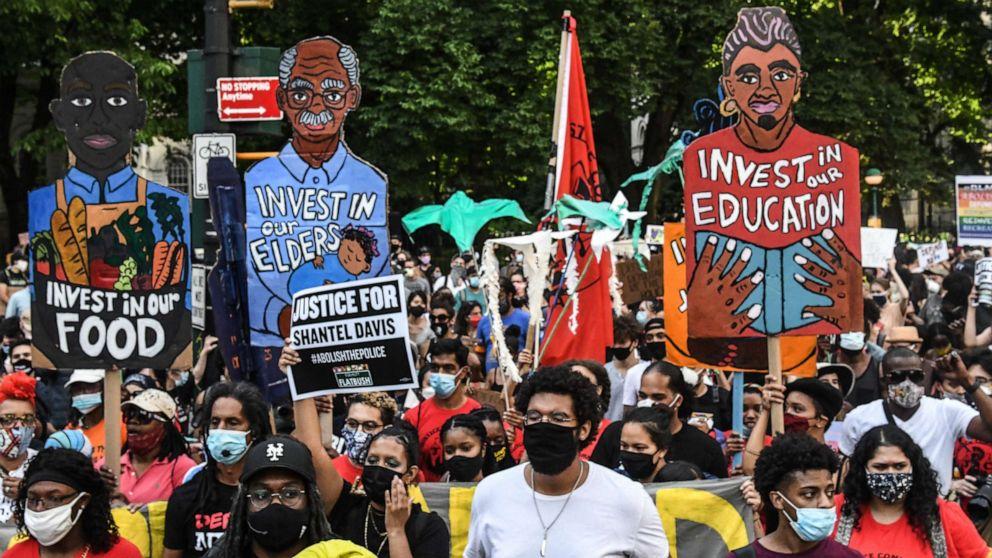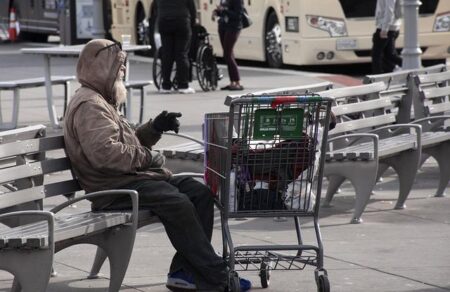Understanding the Nationwide Impact of Budget Cuts to New York City’s Police Department
How Reductions in NYC Police Funding Affect National Security
New York City stands as a pivotal hub in the United States’ national security framework, given its role as a global financial center and cultural beacon. Budgetary reductions to the NYPD extend beyond local governance challenges, posing significant risks to the country’s overall safety. The city’s extensive network—including major airports, seaports, intelligence-sharing centers, and cybersecurity operations—serves as a frontline defense against threats ranging from terrorism to cyberattacks. Curtailing resources in these areas can weaken the nation’s ability to respond swiftly and effectively to emergencies.
Major repercussions include:
- Interruption of Intelligence Collaboration: NYC’s law enforcement agencies work closely with federal partners; funding cuts jeopardize these critical partnerships.
- Diminished Cybersecurity Defenses: Reduced budgets limit the city’s capacity to protect sensitive data and infrastructure from cyber threats.
- Reduced Emergency Response Efficiency: The city’s emergency management systems are vital for coordinating responses to both local and national crises.
| Security Sector | Effect of Budget Cuts | Importance to National Safety |
|---|---|---|
| Airport Security | Heightened risk exposure | Ensures safe domestic and international travel |
| Port Security | Slower cargo inspections | Prevents illegal trafficking and smuggling |
| Urban Surveillance | Lowered monitoring capabilities | Crucial for detecting and deterring terrorist activities |
Economic Ramifications of Budget Reductions in New York City
As the largest metropolitan economy in the United States, New York City contributes approximately 8% of the nation’s GDP. Slashing its budget threatens to destabilize not only local services but also the broader economic ecosystem. Cuts to public funding can lead to diminished infrastructure development, reduced public service quality, and a decline in business confidence, all of which ripple through regional and national markets.
Key economic impacts include:
- Employment Declines: Layoffs among city employees reduce household incomes and consumer spending.
- Service Interruptions: Essential services such as public transit and emergency response may face operational challenges.
- Halted Investments: Infrastructure and innovation projects risk suspension, deterring private sector investment.
| Sector | Potential Consequence | Economic Impact |
|---|---|---|
| Public Services | Funding reductions | Decreased quality and public dissatisfaction |
| Infrastructure & Construction | Project delays or cancellations | Job losses and slowed economic growth |
| Small Business | Lower customer engagement | Revenue declines and potential closures |
Consequences for Social Programs and Community Well-Being in NYC
Budget cuts to social services in New York City threaten the stability of vital programs that support millions of residents. Services addressing homelessness, mental health, food security, and youth development are already under strain. Further reductions could exacerbate wait times, overcrowd shelters, and weaken grassroots initiatives that foster community resilience. In a city marked by stark inequalities, these cuts disproportionately affect the most vulnerable populations.
Critical social service areas at risk:
- Emergency Housing and Homelessness Outreach
- Substance Abuse Treatment Programs
- Public Health and Preventive Care
- Youth and Family Support Services
The following table illustrates the proposed budget reductions alongside the percentage of residents impacted in these sectors:
| Service Category | Proposed Budget Reduction | Percentage of Residents Affected |
|---|---|---|
| Emergency Housing | 25% | 18% |
| Mental Health Services | 20% | 22% |
| Food Assistance | 15% | 16% |
| Youth Programs | 30% | 14% |
Strategic Policy Approaches for Fiscal Prudence and Public Safety
Achieving a balance between budgetary discipline and effective public safety requires nuanced policies that protect community trust and optimize resource use. Prioritizing investments in crime prevention and community engagement, alongside transparent financial management, can enhance outcomes without resorting to indiscriminate cuts.
- Enhance Community Policing: Strengthen ties between law enforcement and neighborhoods to proactively reduce crime.
- Adopt Transparent Budget Practices: Increase public access to spending data to foster accountability and efficient fund allocation.
- Focus on Mental Health Services: Redirect non-violent cases to specialized care providers to alleviate police workload.
- Leverage Technology: Employ data analytics and smart surveillance tools to improve response times and resource deployment.
| Policy Focus | Expected Benefits | Projected Annual Savings |
|---|---|---|
| Community Policing | Reduced crime rates and increased public confidence | Approximately 5% |
| Mental Health Integration | Lower recidivism and fewer arrests | Up to 10% |
| Technological Enhancements | Improved emergency response efficiency | About 3% |
Policymakers should avoid oversimplified solutions that equate budget cuts with reform. Instead, a comprehensive strategy that funds essential priorities and enforces accountability will better serve public safety and fiscal health. Thoughtful reforms, rather than drastic defunding, represent the sustainable path forward for New York City and the nation.
Summary: The Broader Implications of Defunding NYC’s Police
The ongoing discussions about reallocating funds from New York City’s police department carry consequences that extend well beyond municipal boundaries. As the nation’s largest urban center, NYC’s challenges and policy decisions often foreshadow wider economic and social trends. Reducing investment in the city’s law enforcement, infrastructure, and social services risks weakening not only local resilience but also the security and prosperity of the United States as a whole. Sustained, strategic funding remains essential to safeguarding the city’s—and the country’s—future.













